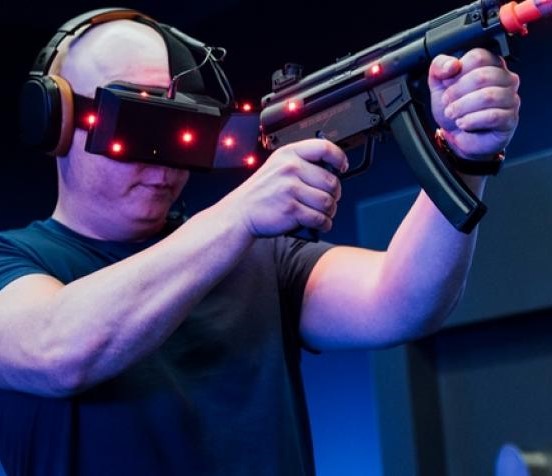Economic and Social Trends
VR has been applied in the both businesses and organizations to enhance efficiency. The business use of VR can be discussed in two parts:
1) Internal (Within the Organization)
2) External (Outside of Organization)
Internal
Within the Organization
Within the organizations, VR can be utilized in HR training. In a simulated scenario, the enterprise can train the employees with lower costs. Moreover, VR technology is also largely applicable in conferencing and remote work. Not only does it eliminate the physical distance, it also improves convenience, mobility, and participation.
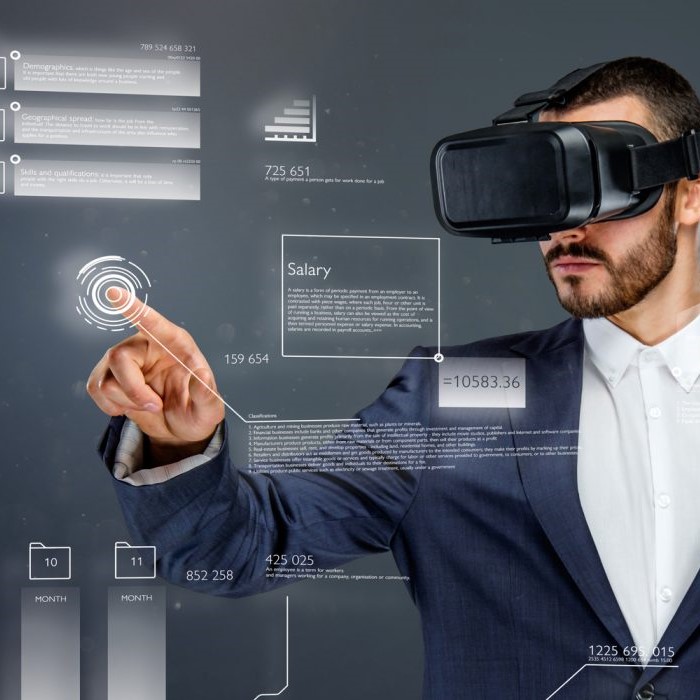
External
Customer Relationship Management
Outside of the organization, it can be applied in terminals — interaction with customers as part of the Customer Relationship Management (CRM) chain. Through VR, customers can get in touch with the enterprise, interacting with the representatives, and even develop intimate relationship. Economically, the direct interaction can reduce transaction costs by mitigating information asymmetry.
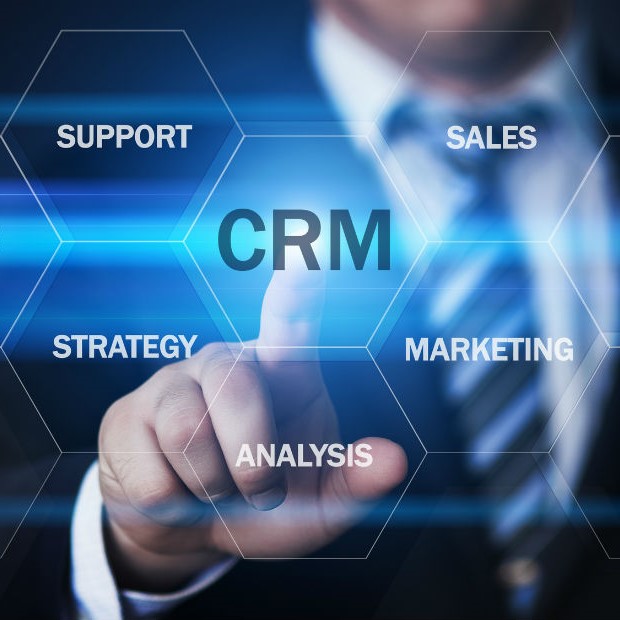
External
Marketing
VR can also increase the satisfaction of marketing experiences by giving customers immersive and interactive experience that would increase their positive perceptions of the product or service. Moreover, users can view the product prior to any purchasing decisions. For instance, Volvo AB created Volvo Reality, a mobile phone application which enabled users to test drive their new SUV, the XC90, using a smartphone and a Google Cardboard.
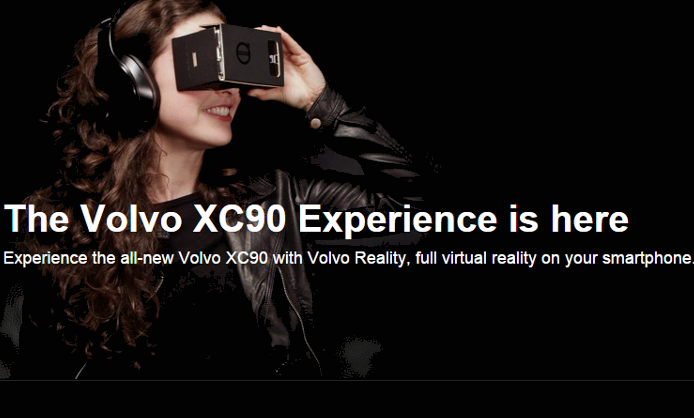
Business Case
Starbucks: VR vs Actual
In the pursuit of localization, Starbucks Japan and its designers attempted to craft a unique design of its coffee houses to cater to local consumers’ preference. Starbucks began to create VR contents for their shops using Building Information Modeling (BIM) data since 2016. Data such as the furnishings of the stores are then converted to VR content. The designers then produced a concept store in VR. The baristas were then invited to view the store and to provide critical feedback using HTC Vive’s HMD. Through the feedbacks, the designers could refine the store designs accordingly for their coworkers, and this facilitated the efficiency of workflow.

Boeing
Adaptation
Boeing has been utilizing VR within its organization to help improve training efficiencies, reduce design errors, and speed up maintenance processes. With regards to training efficiencies, the organization is dedicated to making it more intuitive by enhancing the collaborations between engineers in the virtual space. As for designing aircrafts, the business can eliminate the cost of producing full-scale prototype by creating virtual prototypes.
In such virtual space, designers can explore a mock-up of an entire aircraft, and they can eliminate potential issues quickly. For example, if a vital gauge or access point be blocked by paneling, it can be easily adapted in a VR design within hours, instead of taking weeks by changing the prototype and testing the new processes. Furthermore, prospective aircraft buyers can use the program “Ramsis” to inspect the plane prior to making the purchase.
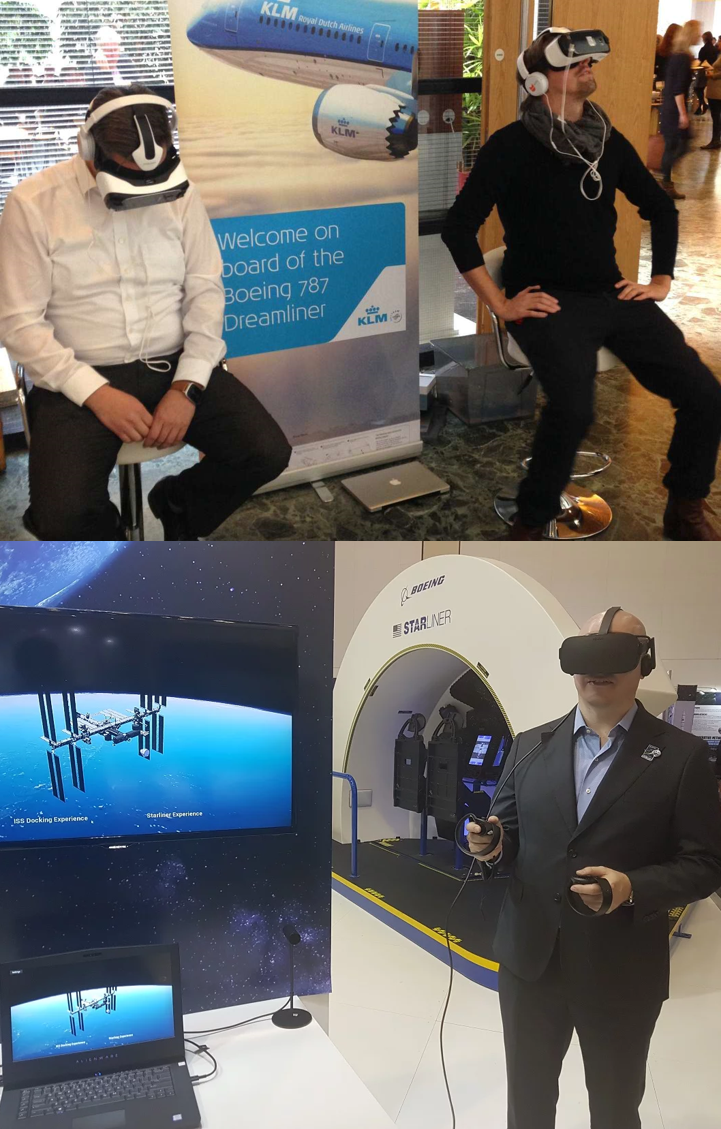
Future Business Trends
Prototyping
The Next Level
The level of prototyping made possible by VR technology will provide unprecedented insight into a possible product at the beginning of the product development process. Decision makers and end-users will be able to give and receive valuable feedback in the preliminary stages of product development. Businesses may wind up reducing the amount of time and money spent on such developments because of the proliferation of VR technology in the process.
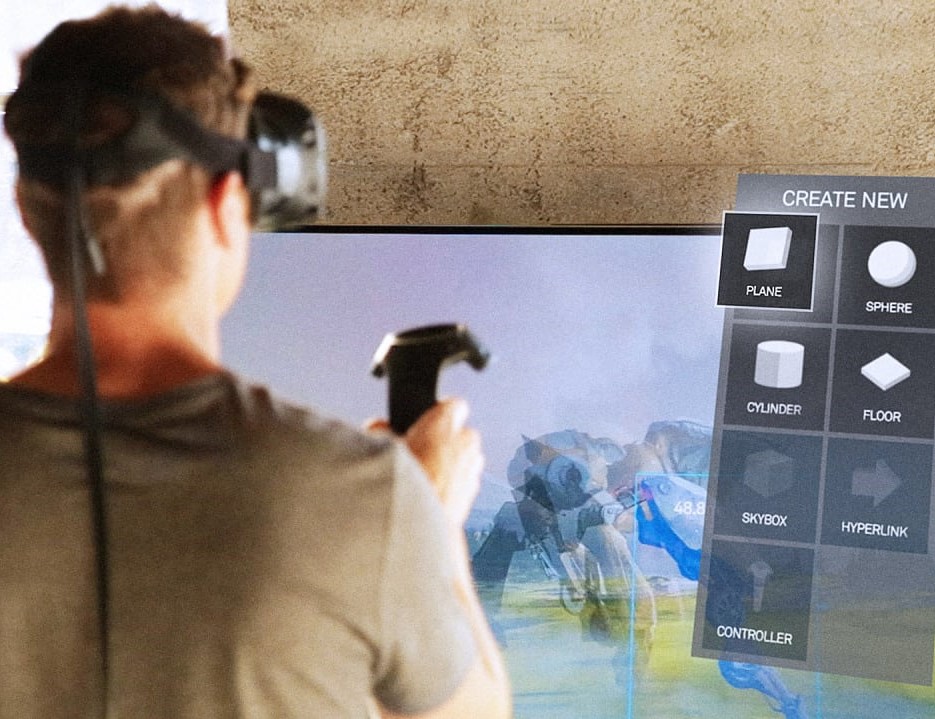
Internet of Things
VR with IoT
IoT (Find out more) refers to the connection of devices to the Internet or to other devices. The information within these devices are then monitored, collected, and analyzed. These devices range from smart microwaves to wearable fitness devices, and even autonomous vehicles. With the addition of VR headsets, this opens up the possibility for users to have full command and control centers without the need to purchase multiple huge displays for the information feed. Moreover, these centers are also readily available anywhere.
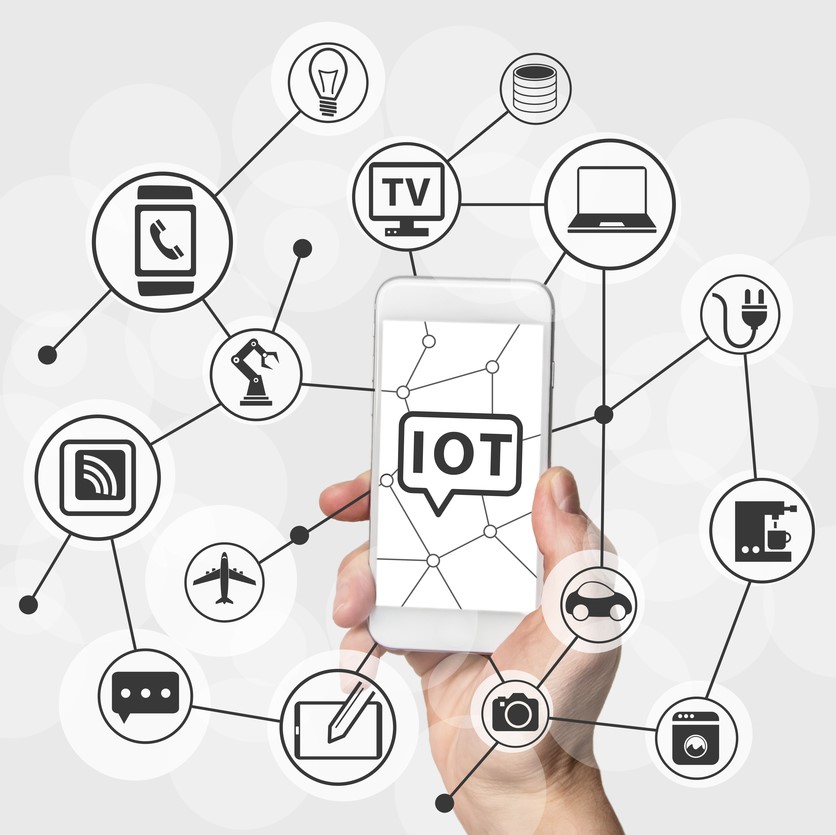
Social Trends
Let's examine the current and forecasted social trends in VR
The Consumer Appetite for VR
The Demographics of VR Users
How it Affects our Daily Lives
Consumer Appetite
Rising Trend
In consumer products, the typical decision-making process stems from awareness, which then develops into interest and is followed by the final decision to purchase. In a recent survey done by Nielsen, the indication was that the knowledge of VR technology is steadily becoming mainstream. The increase in consumer awareness is reflected in growth estimates for VR with an estimated 150 million units of VR headsets are expected to ship by 2025.
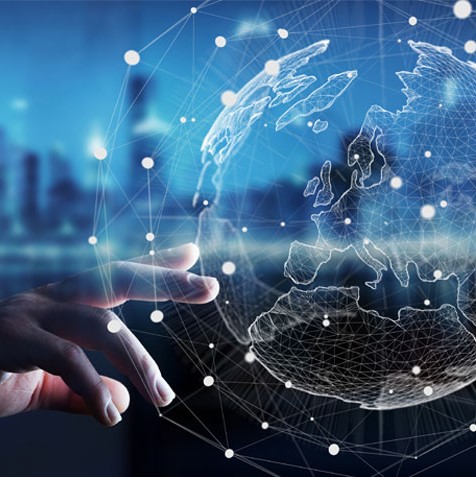
Demographics of Users
25 - 39 years old
Most VR users are adult consumers between the ages of 18 and 54, with adults aged 25-39 having the highest rates of VR usage. Adults aged 30-34 have the strongest usage rates at 5%, whilst slightly older adults aged 35-39 have the next-highest usage rate.
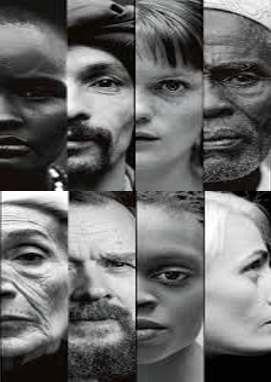
Demographics
Why not Younger?
One would typically expect the demographic of the heaviest users of VR to be a lot younger, possibly between the ages of 18-24, where most of the early adopters for technology are. However, it is possible that the high prices of existing VR sets may only be affordable for consumers aged 25-39, as younger consumers may not have the purchasing power to afford the requisite equipment.
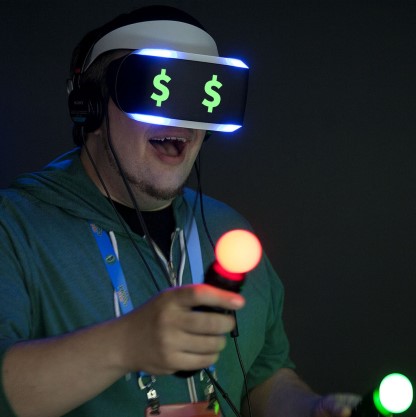
Demographics
Possible Rational
The actual data gleaned from the survey supports a hypothesis that there is in fact an age skew amongst VR users. Consumers in the age range of 25-39 would in effect be in their most active life stages – characterised with the highest levels of the presence of children, full-time employment and relatively high household income as compared to consumers outside of this age group. These cumulative sociological factors do correlate strongly with higher demand for consumer goods and behaviours such as home entertainment, game consoles, game-playing, and gaming desktops and notebooks.
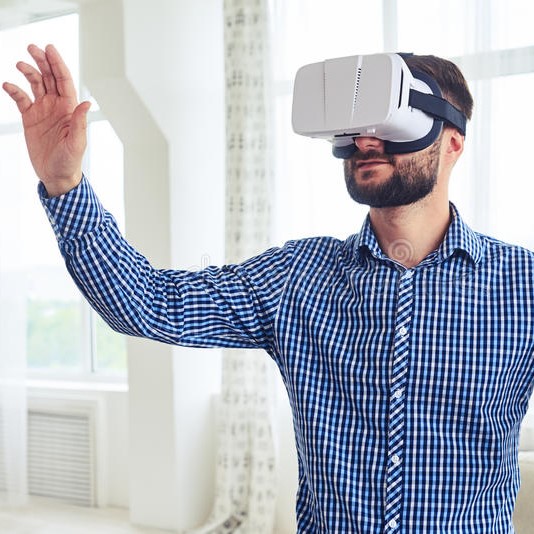
Demographics
Direction for Businesses
Only 14% of VR users are women, with 83% of VR users based in the Americas, 12% from the EMEA region and 5% from the APAC region. This suggests that marketing efforts for VR should be focused primarily in the Americas, where most of the demand stems from, and the content for VR may be more Americas-focused.
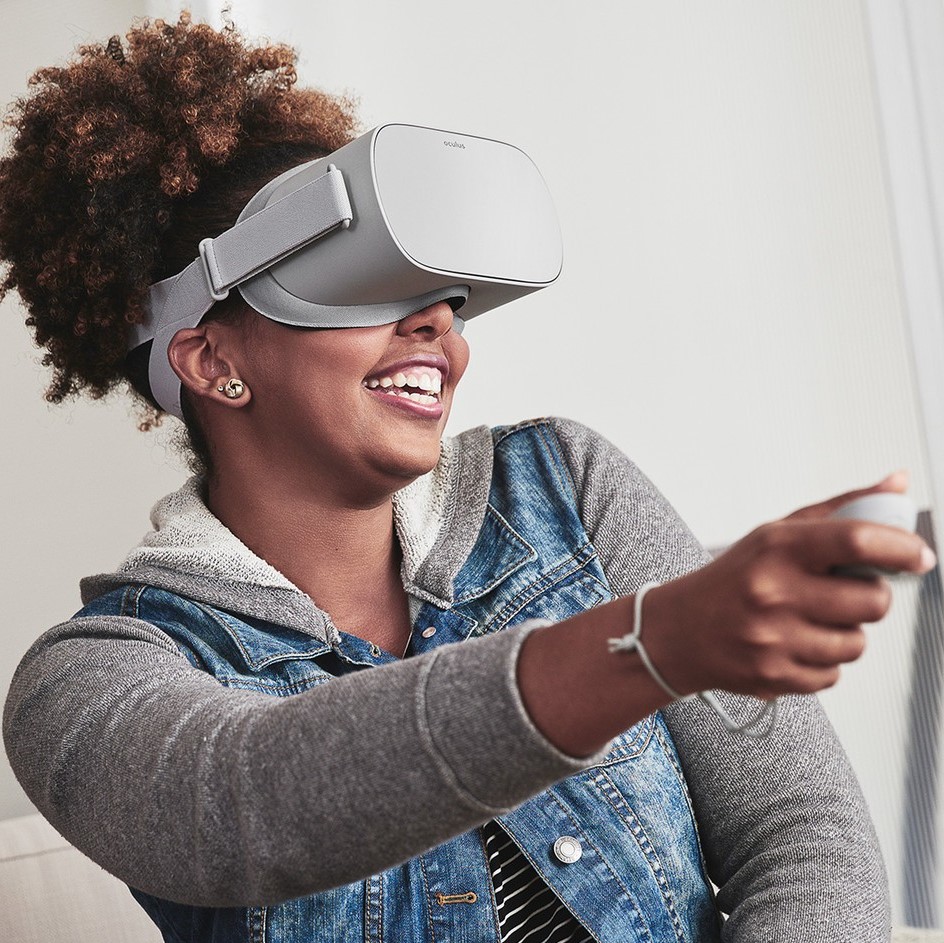
Influence on Daily Life
In the near future, the impact of VR technology on our everyday lives will be most apparent in movies, shopping, education, and especially social activities and location-based entertainment.
Social Activities
VRChat
There are tremendous potentials for the advent of VR to change the landscape of social activities. Currently, due to VR headset’s high price point, the outreach by VR is limited. This places restrictions on the efficacy of social applications like VRChat. However, with VR equipment set to be priced more affordably, performing social activities in VR could be as easy and ubiquitous as Facebook, Instagram and Whatsapp are today. Facebook has given us some insight on the potential of VR with their social VR app. It enables users to feel as though they are in the same virtual space with their contacts and engage in ‘Facebook activities’ together such as playing poker. It was created with the aim of building the most ‘natural’ social media platform available.
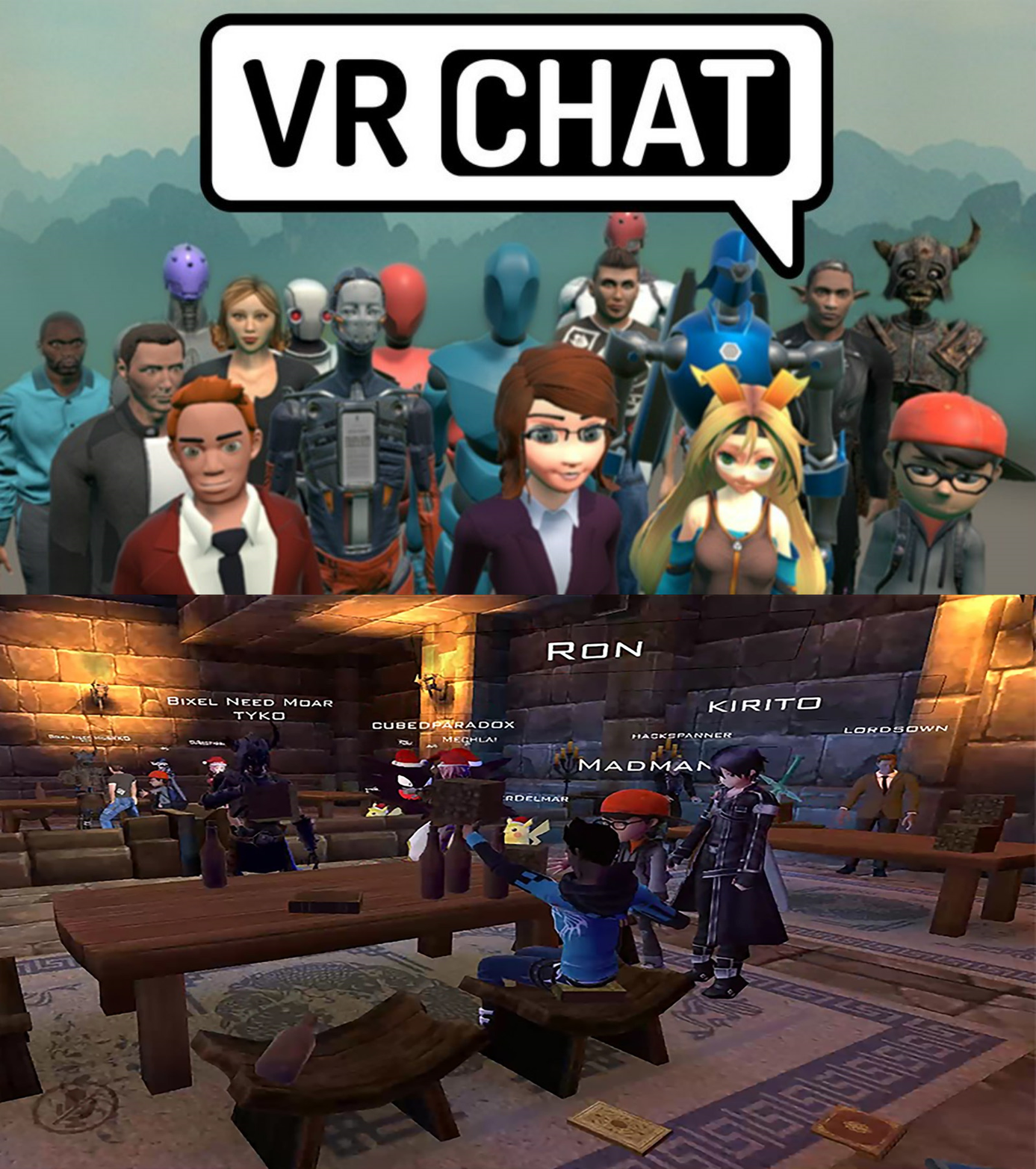
Location-Based
Entertainment
Location-based entertainment is the use of VR headsets in combination with real, physical locations. This creates a mixed reality experience where the users interact with physical elements on a stage with a virtual world mapped on top of it.
One of the upsides of such location-based entertainment is that consumers are not required to purchase their own headsets, but they can access the entertainment as they would with a 4D cinema, where visitors use the provided headsets for the immersive experience.
